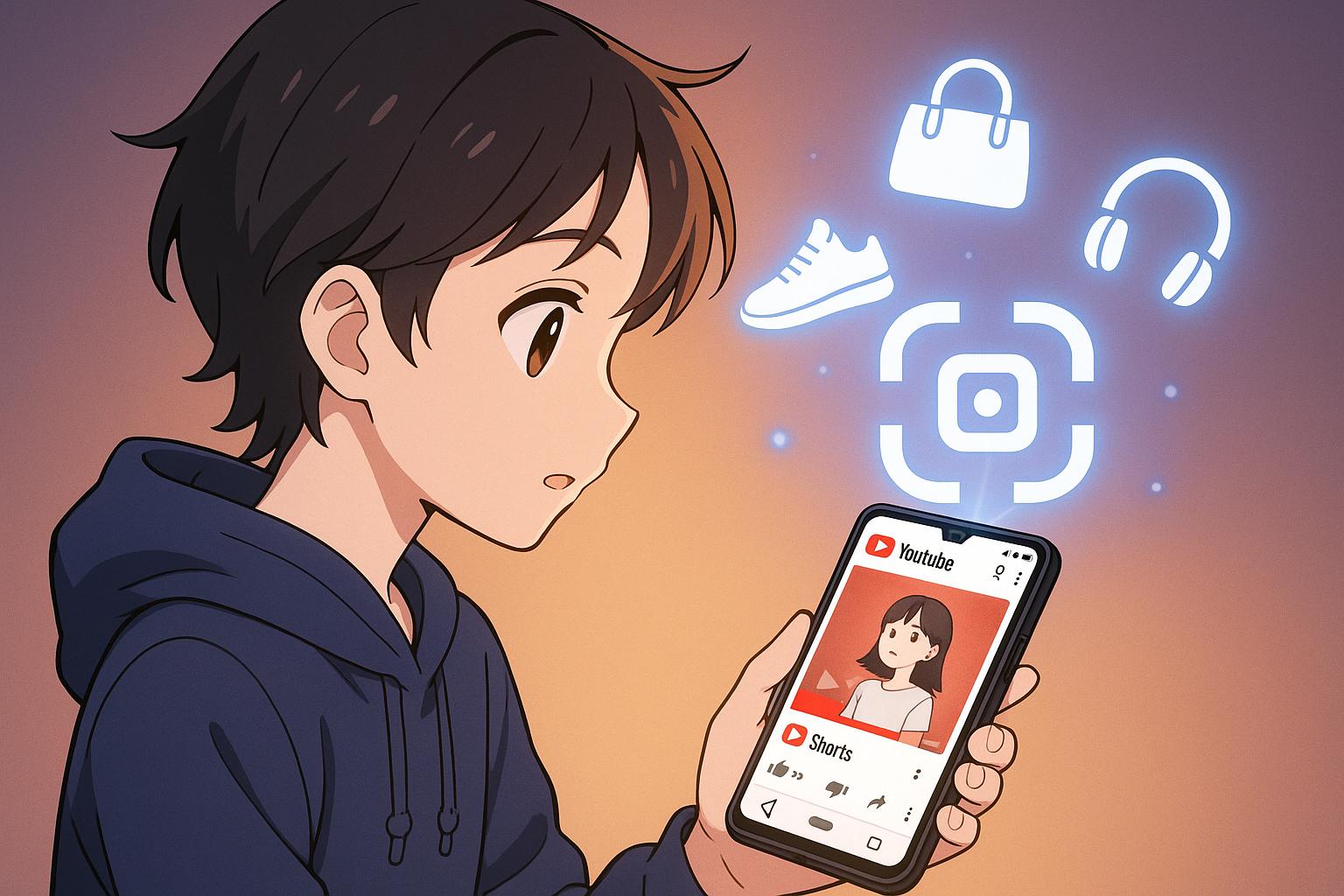YouTube is on the brink of transforming the viewer experience of short-form video through the integration of Google Lens into its Shorts platform. This innovative feature, set to begin rolling out soon, promises to deepen the relationship between visual search technology and the consumption of bite-sized videos, fundamentally altering how users engage with content.
With this integration, users will be able to seamlessly search for objects, products, or information displayed in Shorts videos without having to exit the app. This advancement is expected to provide viewers with the capability to pause a video and explore various items, such as clothing or gadgets, featured within a clip. The implementation signals a move from passive consumption to a more interactive and engaging experience, potentially merging inspiration with actionable search results. TechCrunch has reported that this is a significant step forward for YouTube, allowing users to quickly access information while enjoying their favourite content.
The integration of Google Lens, a powerful tool that utilises artificial intelligence to identify and retrieve information about items visible through a camera or screen, could represent a watershed moment for content creators. This new capability may open doors for monetisation and enhanced audience engagement. For instance, a fashion influencer showcasing an outfit in a Quick Short could enable viewers to instantly find similar items or make purchases through embedded links. This feature aligns well with YouTube’s ongoing strategy to bolster creator support through tools that enhance discoverability and revenue opportunities, particularly as competition with similar platforms, notably TikTok, intensifies.
Moreover, the implications extend to brands looking to advertise their products on YouTube Shorts. With users able to search objects directly from videos, targeted product placements and sponsored content could gain more traction, encouraging impulsive purchases or real-time product research. Industry analysts have indicated that this development is part of a larger evolution in shoppable video content, a space where YouTube has historically lagged behind but is now eager to innovate within.
At its essence, the Google Lens integration reinforces YouTube’s dedication to harnessing artificial intelligence to improve user experiences. This addition not only promises to increase viewer engagement but also positions YouTube as a comprehensive hub for entertainment, discovery, and learning. The timing of this feature is particularly salient given the rising dominance of short-form video across digital platforms. With Shorts accruing billions of views daily, the capability to act on content in real time could further bolster YouTube's competitive edge, offering users a unique engagement model.
However, alongside the myriad opportunities come inherent challenges. Concerns regarding privacy, particularly surrounding visual search data and the accuracy of results generated by AI, may create initial hurdles. Additionally, users might require time to adapt to this new interaction model, especially if the integration disrupts the fast-paced nature of Shorts.
Nevertheless, the potential impact of Google Lens within YouTube Shorts could be substantial, heralding a new era in how video content is consumed and interacted with. If executed successfully, this feature could redefine the viewing experience, blurring the lines between observation and action, thereby creating a future where each video not only entertains but also serves as a gateway to information and discovery.
As YouTube continues to test the waters of artificial intelligence and search integration, the platform stands well-positioned to shape the future of video content consumption, potentially setting new standards across the industry for how users engage with the multimedia landscape.
Source: Noah Wire Services
